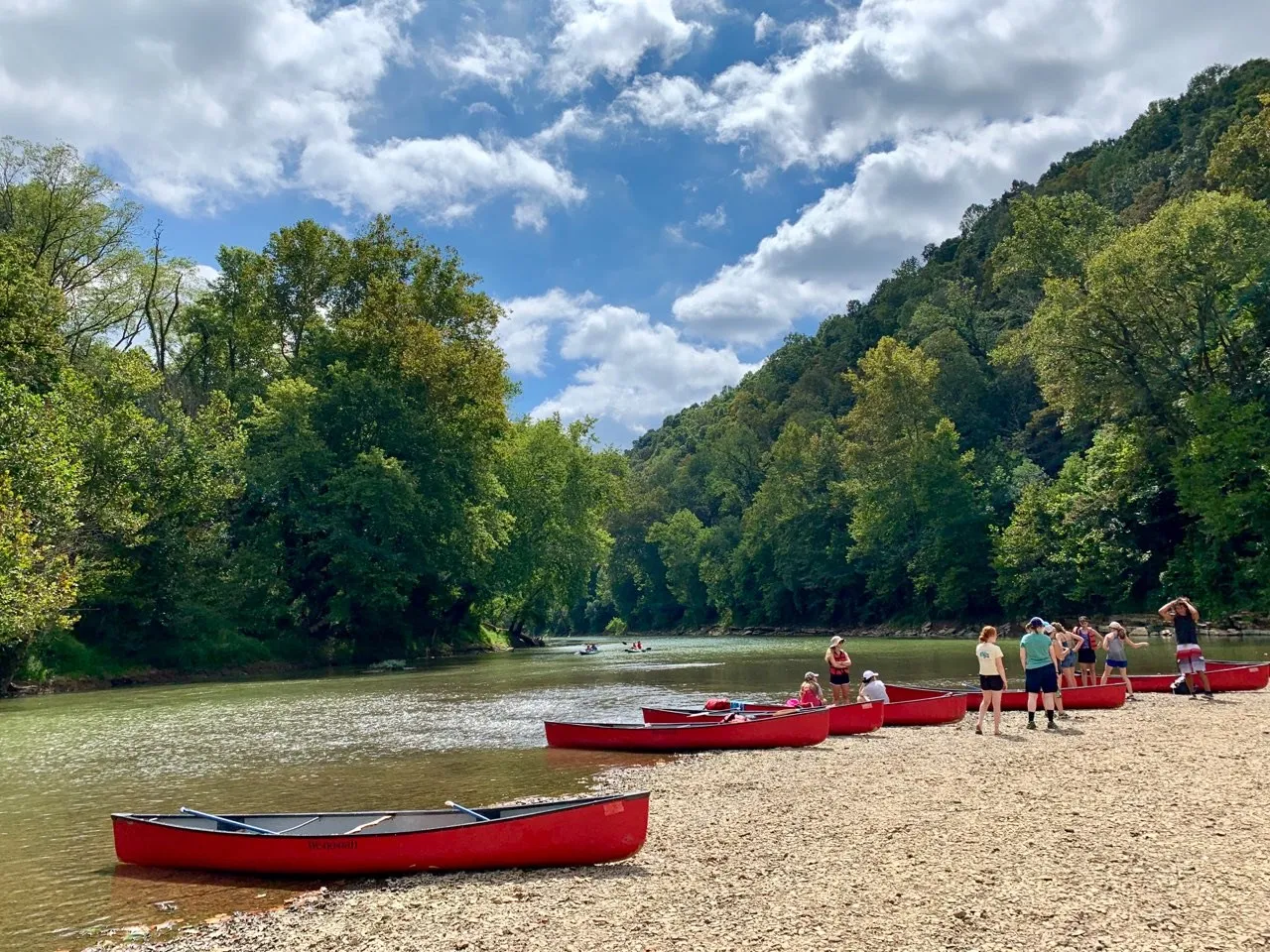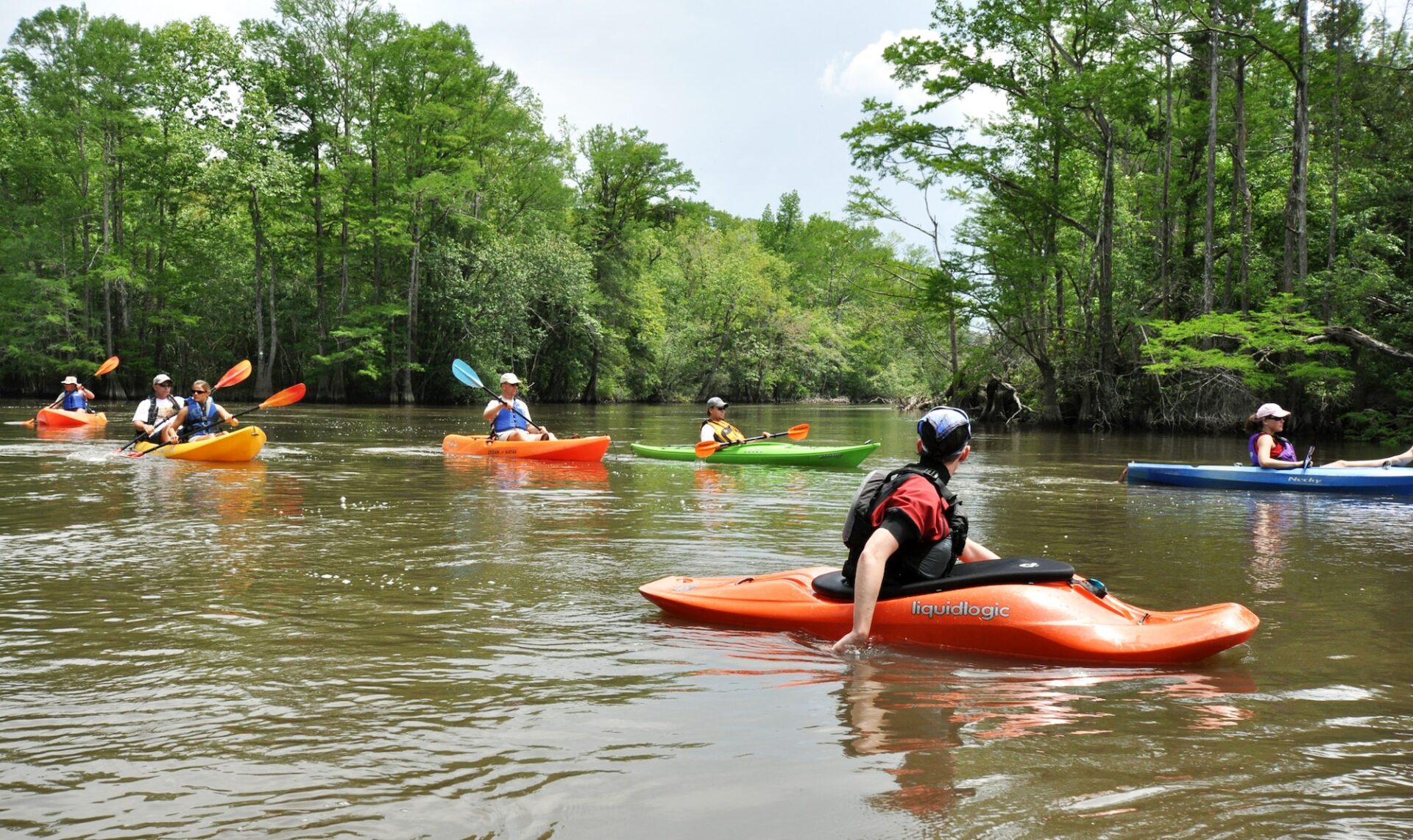Ever found yourself in a kayaking accident, and wondered what’s the best course of action if your kayak flips over? Don’t fret, because you’re not alone. Kayaking is a thrilling adventure, but it comes with its share of risks. Whether you’re paddling down a serene river or tackling rough waters, accidents happen. The key is knowing what to do when they do.
Imagine this: you’re enjoying a beautiful day on the water, the sun is shining, and you’re feeling invincible. Suddenly, you hit a rough patch, your kayak tips, and before you know it, you’re in the water. What now? Stay calm, evaluate the situation, and follow these steps to ensure your safety.
In this article, we’ll dive into the nitty-gritty of handling a kayaking mishap. We’ll cover safety tips, rescue techniques, and emergency response strategies to help you tackle a watercraft accident like a pro. But first, let’s start with some key takeaways.
- Stay Calm: Panic can worsen the situation. Take a deep breath and assess your surroundings.
- Hold Onto Your Kayak: Your kayak is your lifeline. Hold onto it to stay afloat.
- Signal for Help: Use a whistle or hand signals to attract attention if you need assistance.
- Practice Self-Rescue: Familiarize yourself with self-rescue techniques before hitting the water.
- Wear a Life Jacket: Always wear a properly fitted life jacket for added safety.
Understanding a Kayaking Accident
A kayaking accident can be a daunting experience, but understanding what leads to these incidents can help you prevent them. A kayaking mishap can occur due to various factors such as sudden weather changes, improper equipment, or lack of experience. Being aware of these factors can help you prepare better and reduce the risk of a paddling incident.
Here’s a table summarizing common causes of kayaking accidents:
| Cause | Description |
|---|---|
| Weather Conditions | Sudden storms, high winds, and rough waters can tip your kayak. |
| Equipment Failure | Faulty or inappropriate gear can lead to accidents. |
| Inexperience | Lack of knowledge or skill in handling the kayak can result in mishaps. |
| Waterway Hazards | Submerged rocks, strong currents, or other obstacles can pose risks. |
Kayak Safety: Preventing a Kayaking Mishap
Prevention is always better than cure. When it comes to kayak safety, being proactive can save you from a potential watercraft accident. Here are some kayaking safety tips to keep in mind:
- Check the Weather: Always check the weather forecast before heading out. Avoid kayaking in severe weather conditions.
- Inspect Your Gear: Ensure your kayak, paddle, and life jacket are in good condition. Don’t forget to bring a whistle, a first-aid kit, and other safety essentials.
- Know Your Limits: Don’t push yourself beyond your skill level. Choose waterways that match your experience and abilities.
- Take a Safety Course: Consider taking a kayaking safety course to learn proper techniques and emergency responses.
To see how serious kayaking accidents can get, check out this video of 5 Kayaking Accidents Captured By GoPros.
What to Do During a Kayak Rescue
So, your kayak has flipped over. What’s next? The first and foremost step is to stay calm. Panicking can cloud your judgment and make the situation worse. Here’s a step-by-step guide to kayak rescue:
Step 1: Hold Onto Your Kayak
Your kayak is your lifeline in the water. Holding onto it will help you stay afloat and prevent you from drifting away.
Step 2: Right the Kayak
To right the kayak, reach across the hull and pull it towards you while kicking your legs. This will help flip the kayak back into an upright position.
Step 3: Re-enter the Kayak
Position yourself at the center of the kayak and pull yourself up onto the deck. Swing your legs into the cockpit, and stabilize yourself before sitting back down.
Here’s a quote to keep in mind: “In the midst of chaos, there is also opportunity.” – Sun Tzu
Handling a Waterway Emergency
In case of a waterway emergency, quick thinking and swift action can make all the difference. Here are some steps to handle a kayaking emergency response:
Step 1: Signal for Help
Use a whistle, hand signals, or a bright-colored flag to attract attention and signal for help.
Step 2: Assess the Situation
Evaluate your surroundings and determine the best course of action. If you’re close to the shore, swim to safety. If not, stay with your kayak and wait for rescue.
Step 3: Stay Warm
Hypothermia can set in quickly in cold water. Stay as dry as possible and use any available resources to keep warm.
Here’s another quote to remember: “Fortune favors the prepared mind.” – Louis Pasteur
Kayak Accident Statistics
Understanding the statistics behind kayak accidents can help highlight the importance of safety measures. Here’s a table with some eye-opening data:
| Year | Total Accidents | Fatalities | Injuries |
|---|---|---|---|
| 2018 | 4,145 | 658 | 2,629 |
| 2019 | 4,168 | 613 | 2,559 |
| 2020 | 4,168 | 767 | 3,191 |
| 2021 | 4,439 | 658 | 2,641 |
Source: Pexels.com
These statistics serve as a reminder of the potential risks involved in kayaking and the importance of taking precautionary measures.
Conclusion
Kayaking is a fantastic way to enjoy the great outdoors, but it’s essential to be prepared for any kayaking mishap. By understanding the risks, practicing safety measures, and knowing how to respond in an emergency, you can significantly reduce the chances of a kayaking accident. Remember, safety first, and enjoy your paddling adventures!
Frequently Asked Questions (FAQs)
Q: What should I do if my kayak flips over?
A: Stay calm, hold onto your kayak, and try to right it. Signal for help if needed and re-enter the kayak carefully.
Q: How can I prevent a kayaking accident?
A: Check the weather, inspect your gear, know your limits, and take a safety course. Always wear a life jacket.
Q: What equipment should I bring for kayak safety?
A: Bring a whistle, a first-aid kit, a life jacket, and other essentials like a paddle float and a bilge pump.
Q: How do I signal for help during a kayaking emergency?
A: Use a whistle, hand signals, or a bright-colored flag to attract attention and signal for help.
Q: What are the common causes of kayaking accidents?
A: Common causes include sudden weather changes, equipment failure, inexperience, and waterway hazards.
Q: What should I do if I get separated from my kayak?
A: Try to stay calm, float on your back, and signal for help. Swim to shore if it’s safe to do so.
Q: Are there any courses for kayaking safety?
A: Yes, many organizations offer kayaking safety courses that cover techniques, rescue methods, and emergency responses.



